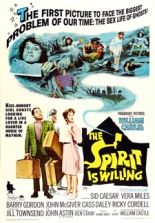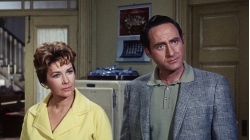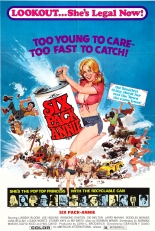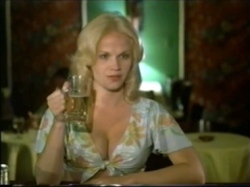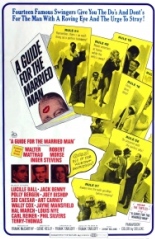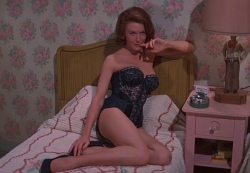
 From 1975, the original film adaptation of The Stepford Wives was a feminist horror film, with an intriguing story, palatable suspense and a jolt of an ending. The 2004 remake by Frank Oz (Little Shop of Horrors), however, is allegedly a comedy — a broad, Broadway-camp goof shot with the same color palette as a bag of Skittles, just as disposable and with about as much nutritional value.
From 1975, the original film adaptation of The Stepford Wives was a feminist horror film, with an intriguing story, palatable suspense and a jolt of an ending. The 2004 remake by Frank Oz (Little Shop of Horrors), however, is allegedly a comedy — a broad, Broadway-camp goof shot with the same color palette as a bag of Skittles, just as disposable and with about as much nutritional value.
Katherine Ross’ sympathetic photographer Joanna has morphed into Nicole Kidman’s bitchy and cutthroat TV network executive, whose five-year reign at the top comes to an immediate end when an embittered participant from one of her reality shows tries to kill her. Fearing bad press, the net lets her go. One nervous breakdown later, Joanna and husband (Matthew Broderick, about as convincing as Kidman’s significant other as Tom Cruise was) uproot their two rarely seen kids and move to the gated town of Stepford, Conn.
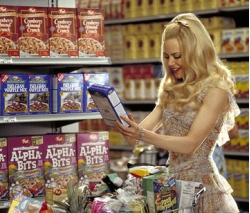 The suburb is quiet, the homes are magnificent and the wives are robotic, subservient hotties in floral dresses from the ‘50s. A snooping Joanna — along with her nosy pal Bette Midler and, because In & Out‘s Paul Rudnick wrote the script, a gay man (Roger Bart, Hostel: Part II) — discovers that the Stepford Men’s Club, headed by Christopher Walken, is behind the transformation of the city’s women into large-breasted, no-questions-asked automatons.
The suburb is quiet, the homes are magnificent and the wives are robotic, subservient hotties in floral dresses from the ‘50s. A snooping Joanna — along with her nosy pal Bette Midler and, because In & Out‘s Paul Rudnick wrote the script, a gay man (Roger Bart, Hostel: Part II) — discovers that the Stepford Men’s Club, headed by Christopher Walken, is behind the transformation of the city’s women into large-breasted, no-questions-asked automatons.
The movie itself is about as brainless. There are a few good one-liners, but the tone is all wrong, the editing awkward and the whole production looks cheap and rushed. I felt not like I was watching a Stepford remake, but rather a MADtv parody. And, MADtv being what it is, not a particularly good one. Script problems aside, much of the blame has to fall on Kidman. She’s no comedienne. Hell, she’s hardly even a “she,” looking like death in a dress. She’s not supposed to be pretty early in the film, but even following her Stepford makeover, the woman looks unhealthy, emaciated and decidedly un-Stepford-sexy.
All in all, this glorified sitcom is a miscast failure. It’s not quite a train wreck, although it is an insult to Ira Levin’s still-great 1972 novel. Stepford Wives, I want a divorce — no, wait: an annulment. —Rod Lott

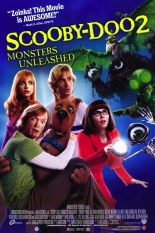
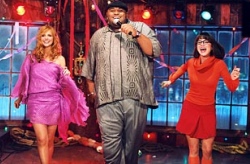 Oh, you can add Seth Green as a museum curator, Alicia Silverstone as a nosy reporter and Peter Boyle as a senile old man, but you’re not fooling me: This is the same movie. Granted, there are two big fart gags rather than just one this time around, but still, it’s the same crap all over again: zero story, zero laughs and all special effects. Lord, why did I have kids?
Oh, you can add Seth Green as a museum curator, Alicia Silverstone as a nosy reporter and Peter Boyle as a senile old man, but you’re not fooling me: This is the same movie. Granted, there are two big fart gags rather than just one this time around, but still, it’s the same crap all over again: zero story, zero laughs and all special effects. Lord, why did I have kids?